Where history graces the French Riviera
We are now heading further south in France to the Côte d’Azur to the charming and historic coastal city of Antibes, as our incredible two-week French road trip continues.
After rolling off Le Shuttle at Calais, we visited the delightful medieval towns of Provins in Île-de-France and Semur-en-Auxios in Bourgogne-Franche-Comté. We explored Sisteron located at the foot of the breath-taking Rocher de la Baume in Provence-Alpes-Côte d'Azur.
During our EV French road trip, we have kept to the back roads of France as much as possible, especially on this journey south to Antibes, as the scenery is spectacular. We pass by Lake Verdon and pick up the Route Greolieres on the D2. This route weaves through arches carved through the cliffs and serpentines along the edges of mountains; it’s breathtaking.
We have one night in the bustling seaside city of Antibes. We then hit the road again and visit Saint-Remy-de-Provence, Sète, and head back north to Albi, Bergerac, Poitiers and Le Mans.

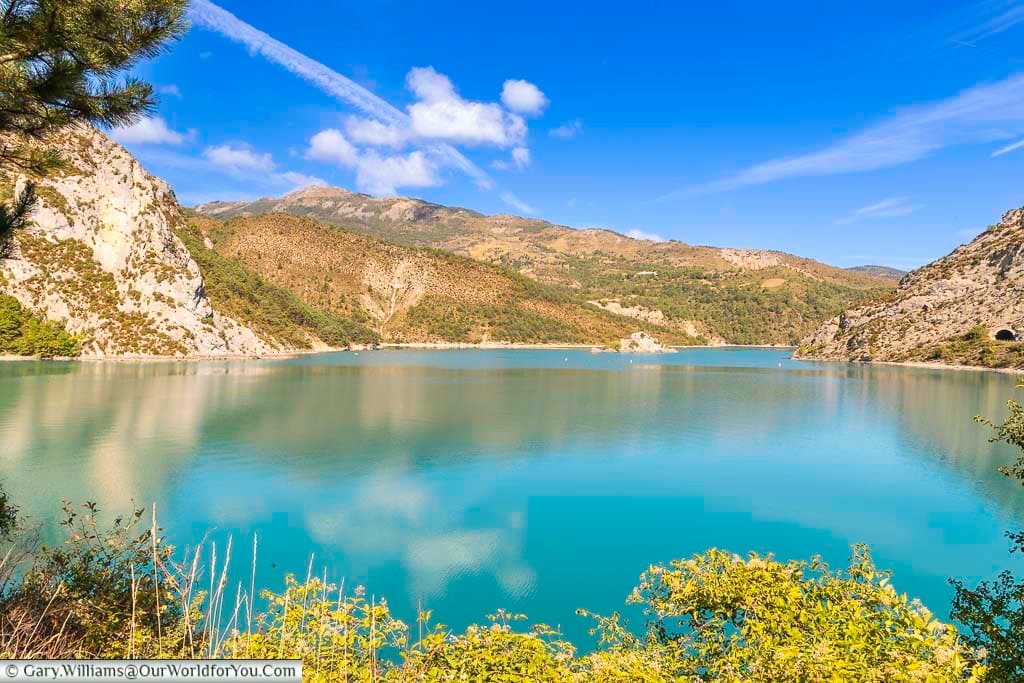
Where is Antibes?
How to get to Antibes
- By Car
Departing from the UK to France, there are various options. You can either jump on Le Shuttle and arrive in Calais in 35 minutes or enjoy a leisurely cruise on the open waves with DFDS or P&O.
- By Air
If you’re flying into France, search for your flights within your preferred travel search engine for your favoured routes and chosen dates. Pre-book your hire car from Rental Cars, and your adventure begins.
Stay informed
Brief history of Antibes
From the Greeks to the GrimaldisTraces of Iron Age occupation have been discovered within the historic Old Town of Antibes, located in the vicinity of Antibes Cathedral and Château Grimaldi. However, it was the Greeks who founded this region of the French Riviera and named the town Antipolis.
The Greek colony of Antipolis is believed to have been founded in the 4th century BC and had strong trading routes along the coastline.
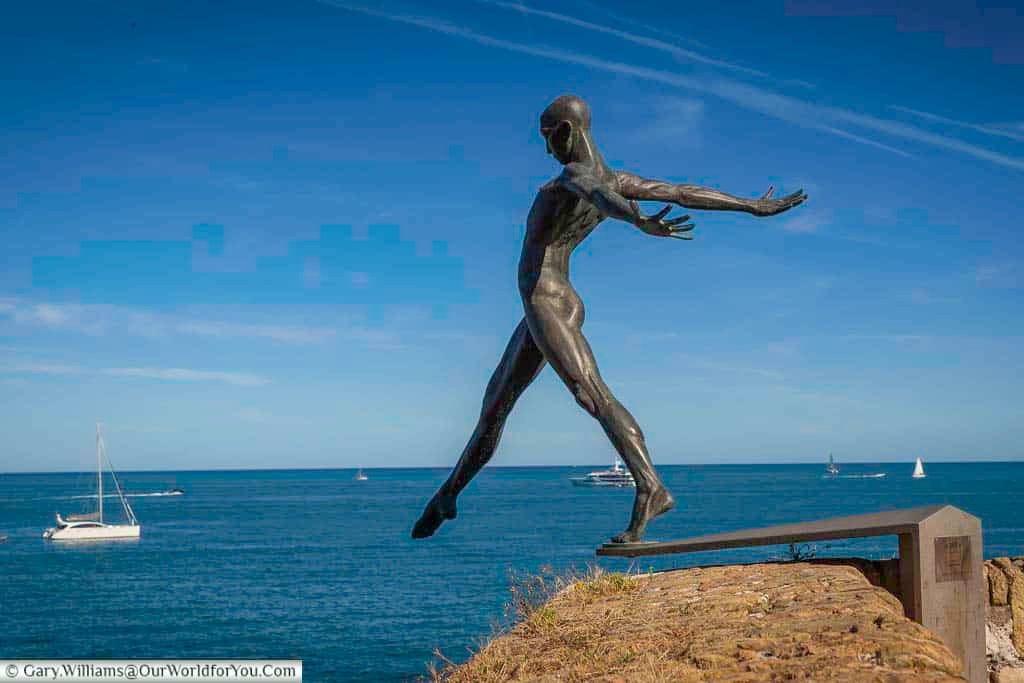
During the Middle Ages, Antibes became part of the Kingdom of Burgundy-Arles; though, by the 10th century, the Provençale shorelines were being intimidated by the Saracen raiders from Muslim Spain. Efforts continued to drive out the Saracens; however, they continued to prey on the town for another couple of centuries and burned down Antibes Cathedral.
It was during the late fourteenth century that the famous Grimaldi Dynasty left their mark and built the Château Grimaldi as their residence in the town, now home to the Picasso Museum.
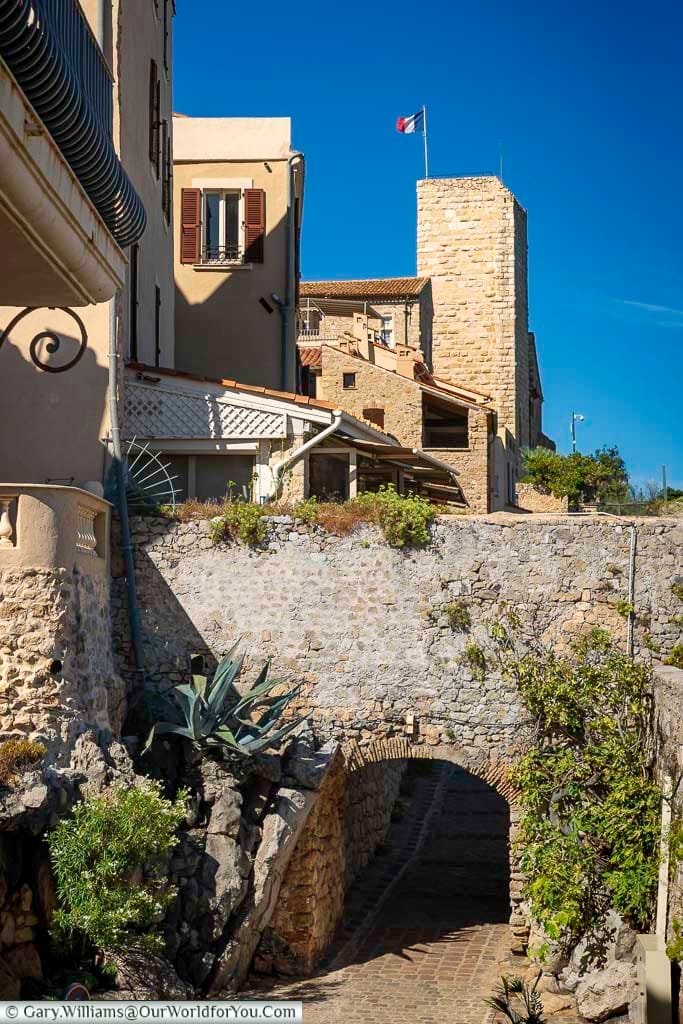
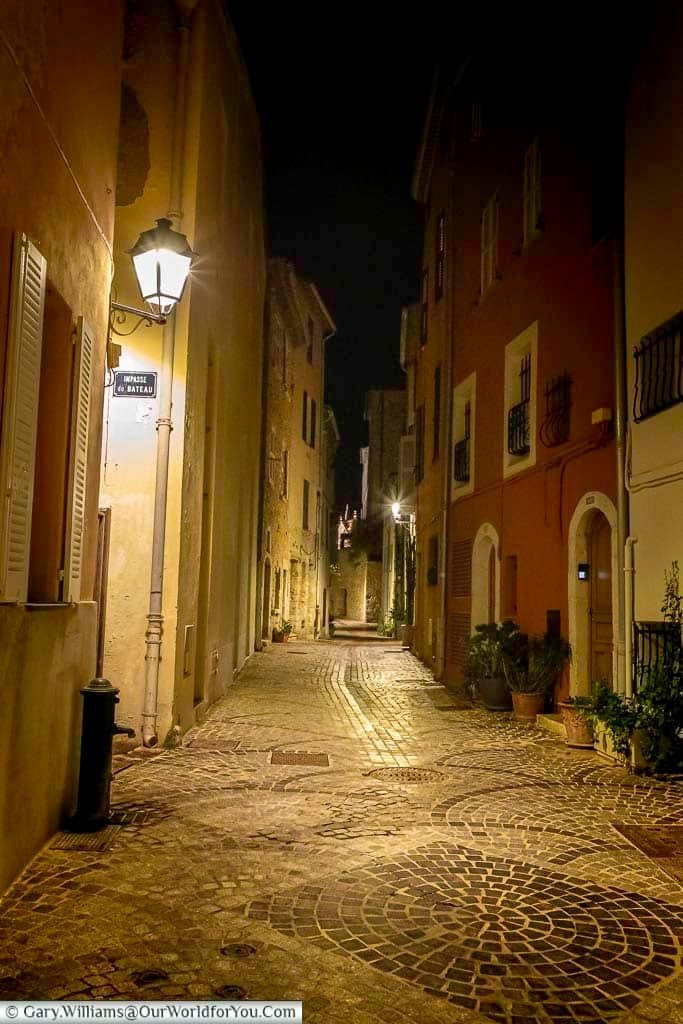
In March 1815, Napoléon Bonaparte landed on a beach nearby Antibes after having escaped from the island of Elba. After a frosty welcome in Antibes, Napoléon continued north via Paris to his fate at the Battle of Waterloo. Golfe-Juan marks the beginning of the Route Napoléon.
Antibes harbour has continued to be one of the primary sources of industry in Antibes, and annual celebrations are held for Saint Peter, the patron saint of fishermen and during the Festival of Notre Dame de Bon Port.
Where to stay in Antibes
The Best Western Hôtel Journel Antibes Juan-les-Pins is a comfortable hotel that offers plenty of parking, making it ideal for road trips. The hotel is at an elevation above the Old Town and marina and takes around 20/25 minutes to walk, a little more on your return.
Chargeable parking is available, along with EV charging; however, check if your cable is compatible.
There are so many incredible places to discover in France, so many regions, and I love planning road trips. I often use the DK Guides,
I find them extremely informative, easy to follow and the pictures and maps tempt you into searching for more
Ambling the ramparts in Antibes
With a stop at Jardin des Poètes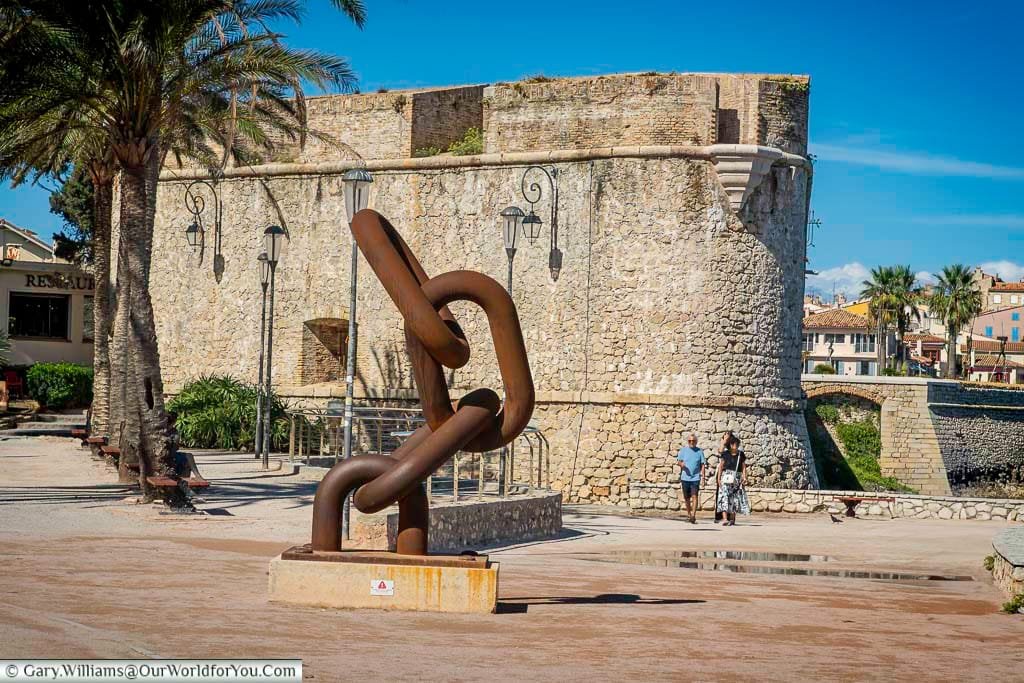
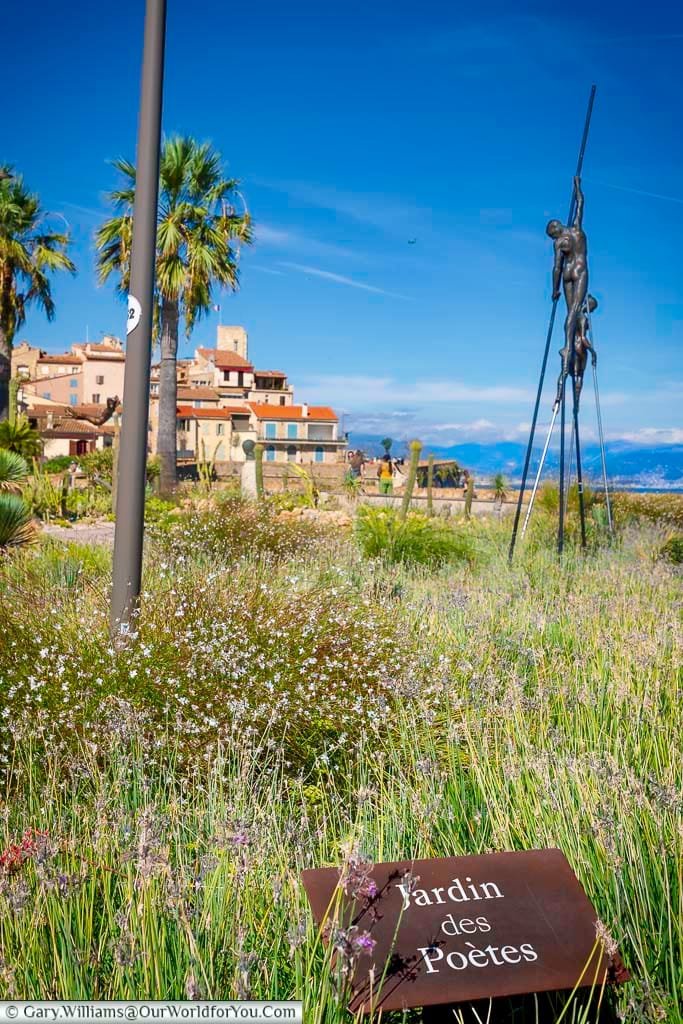
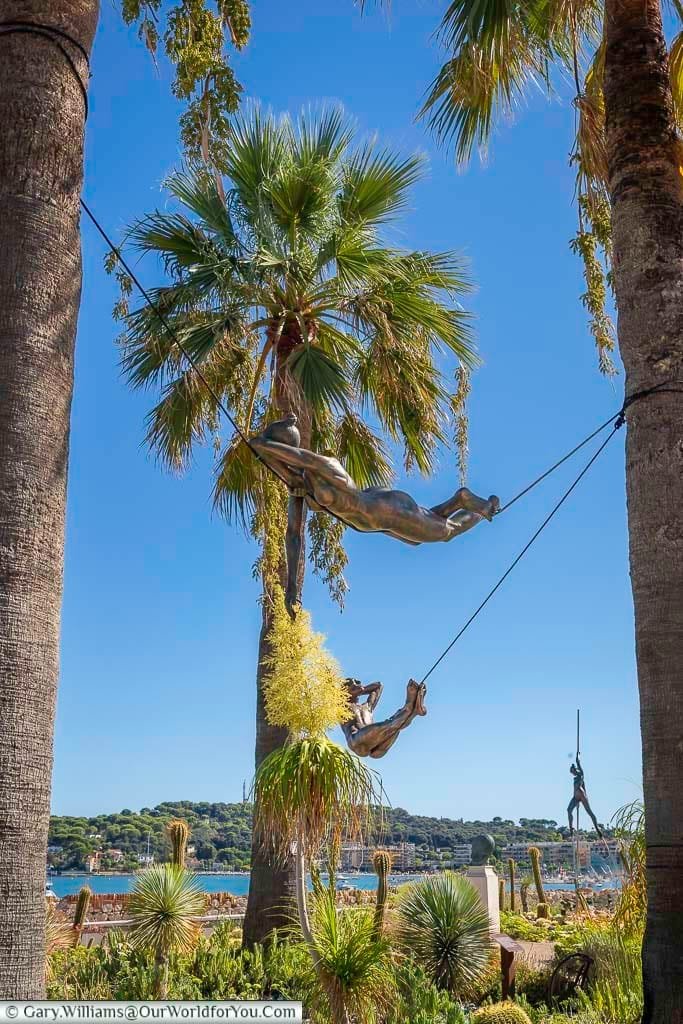

France Tourist Information
Strolling the Promenade Amiral de Grasse
Antibes city walls
The château was built by the Grimaldi family in the late 14th century. The family lived at the castle until the early 17th century, and moved to Monaco, where they have resided ever since. The château was used for nearly two centuries as the residence of the local governors prior to it being seized during the French Revolution.
Fast forward a couple of centuries, and the castle was acquired by the City of Antibes, briefly becoming the Grimaldi Museum before it was the home of the famous artist Pablo Picasso and renamed Musée Picasso in 1966. Following the death of Picasso’s second wife, she bequeathed many works of Picasso’s to the museum.
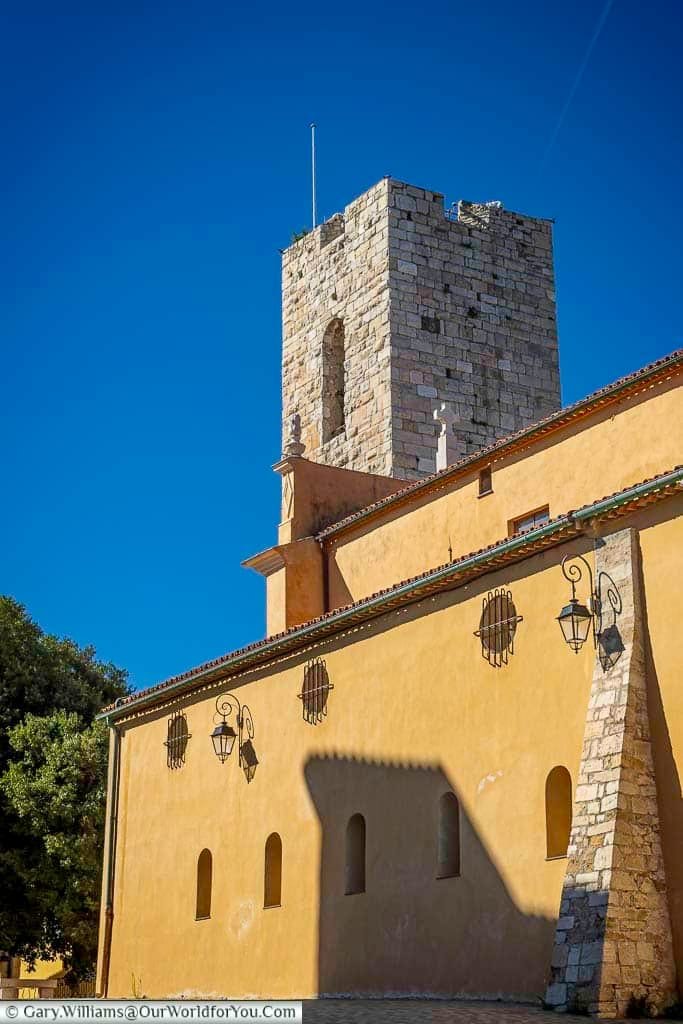
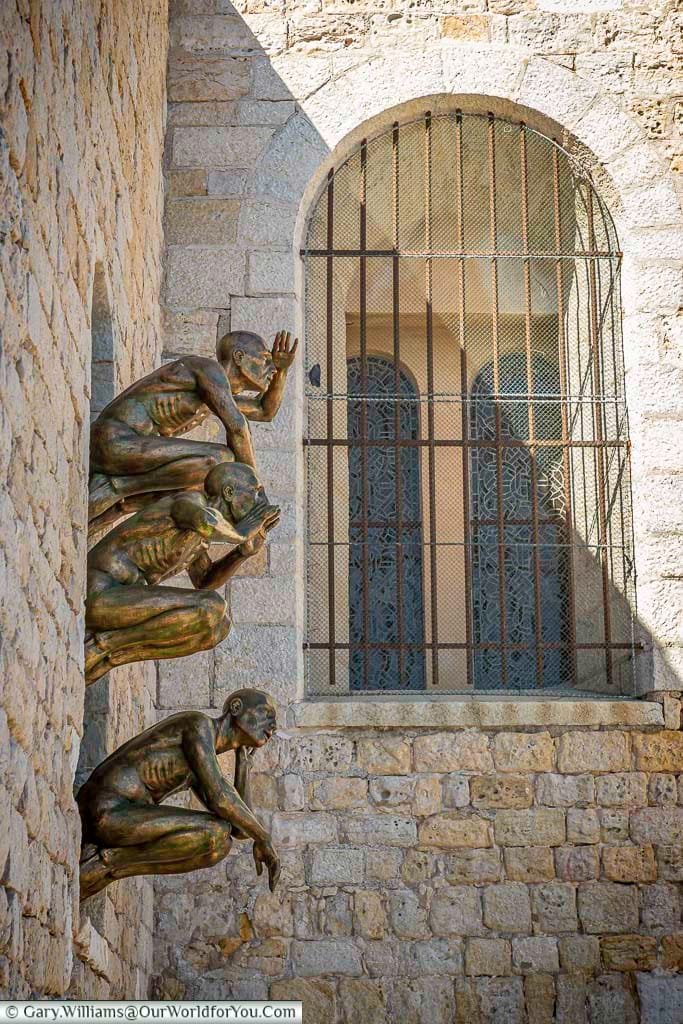
Antibes Cathedral, officially known as the Cathedral of Our Lady of the Immaculate Conception, stands as a testament to Antibes’ rich and tumultuous history, which mirrors the city’s own story. Antibes Cathedral is believed to have been built on the site of an ancient Roman temple. The cathedral has witnessed centuries of destruction, reconstruction, and artistic embellishment.
Today, Antibes Cathedral is not only a place of worship but also a major cultural and historical landmark in the heart of the old town. It was listed as a "monument historique" in 1945, ensuring its preservation for future generations.
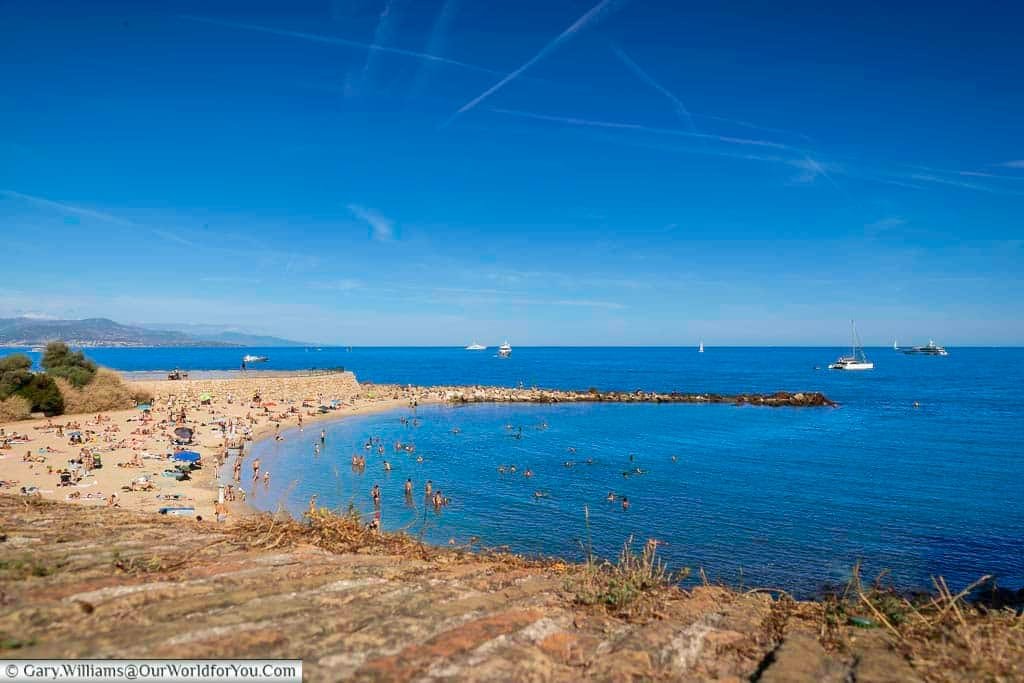
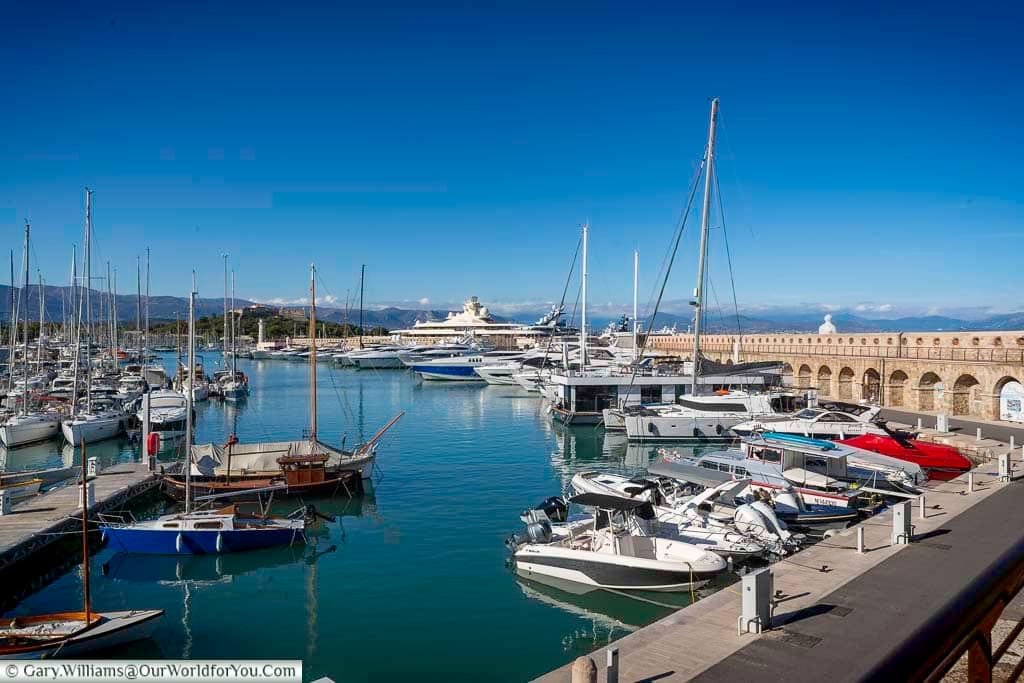

Strolling further around the quay along the rampart walkway, we arrive at an iconic sculpture that overlooks Antibes Harbour, Le Nomade au Bastion Saint-Jaume. The 8-metre see-through sculpture is made of thousands of white letters.
The sculpture sits on the terrace of the Bastion St-Jaume, which is the former site of a Roman temple, a 17th-century fortified tower and, until 1985, a bustling shipyard. The Bastion Shipyard was where Captain Jacques Cousteau's famous ship, Calypso, was fitted out.
I love nothing more than planning a trip through France and so often I use the DK Eyewitness books. I find them extremely informative, easy to follow and the pictures and maps tempt you into discovering more.
We used a previous version of this book to plan our French road trips, now you can grab the revised copy.
Exploring Old Town Antibes
Strolling the historic streets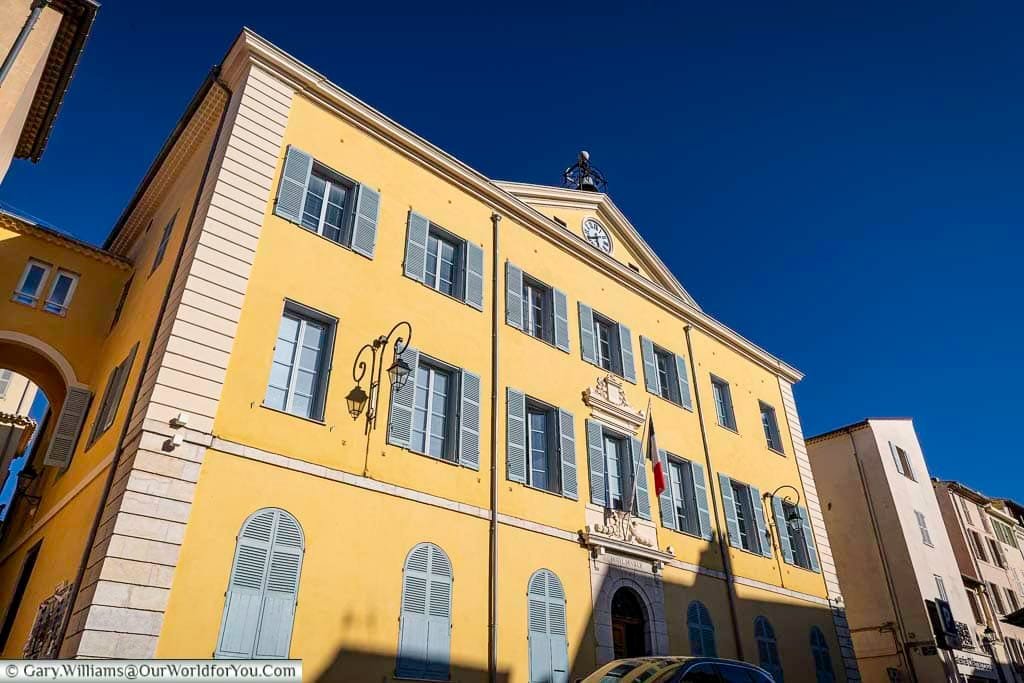
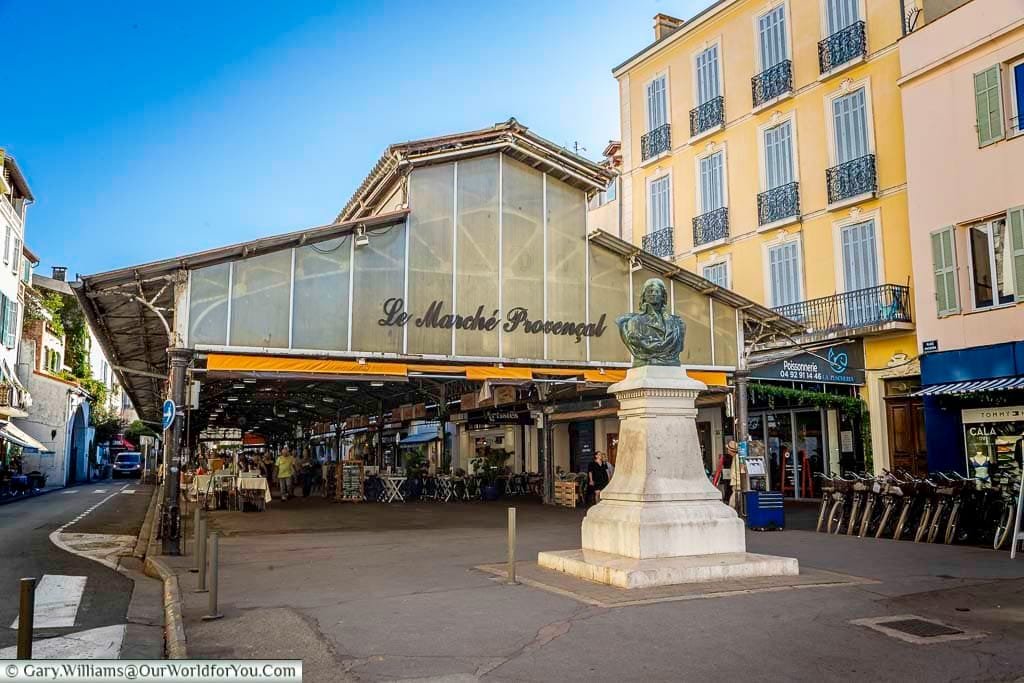
One of the places I was looking forward to visiting was Le Marché Provençal, the covered market. Antibes’s Provencal Market is open seven days a week, except in winter, when it’s closed on Mondays.
This charming covered market offers a diverse range of local produce, including cheese, spices, fruit, and flowers. It's a lovely place to amble around and discover the delights of Antibes, or just take a seat at one of the many cafés around the market and watch the world go by.
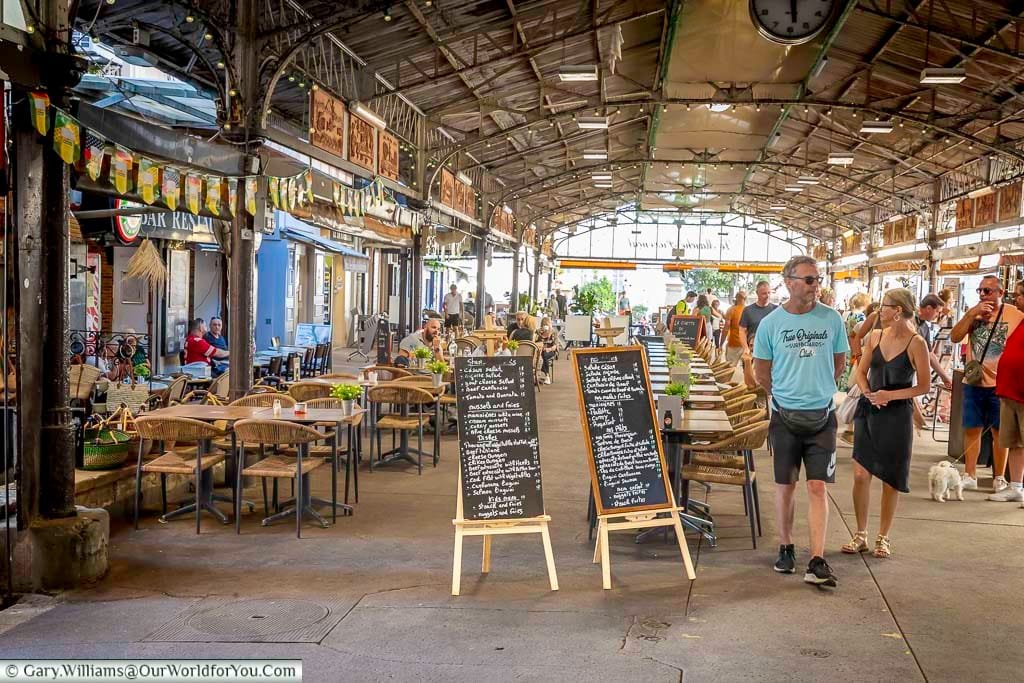


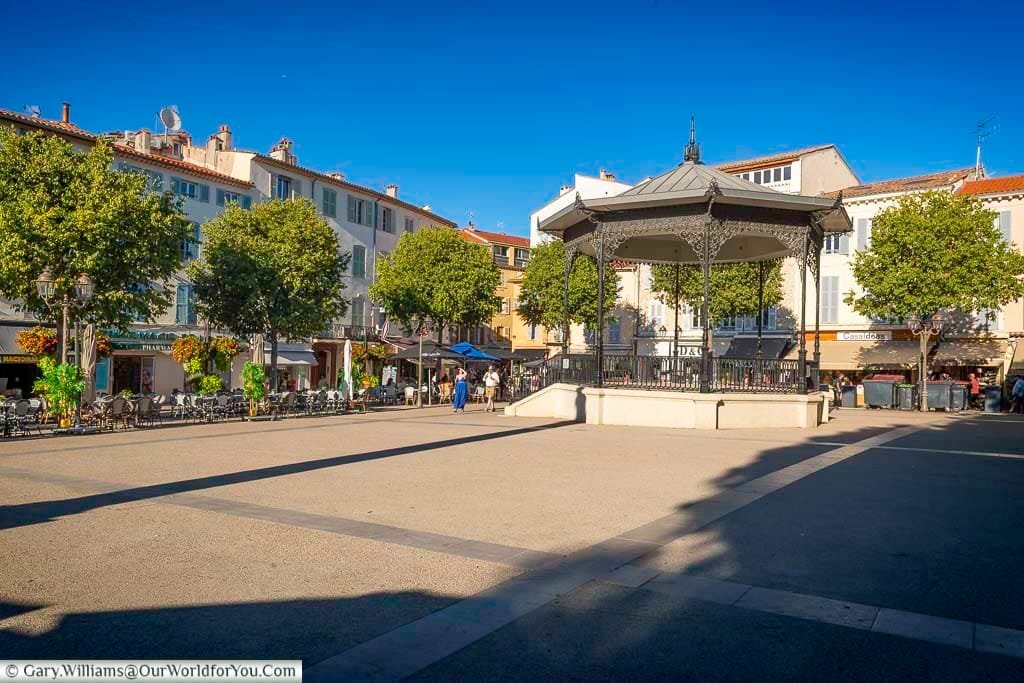
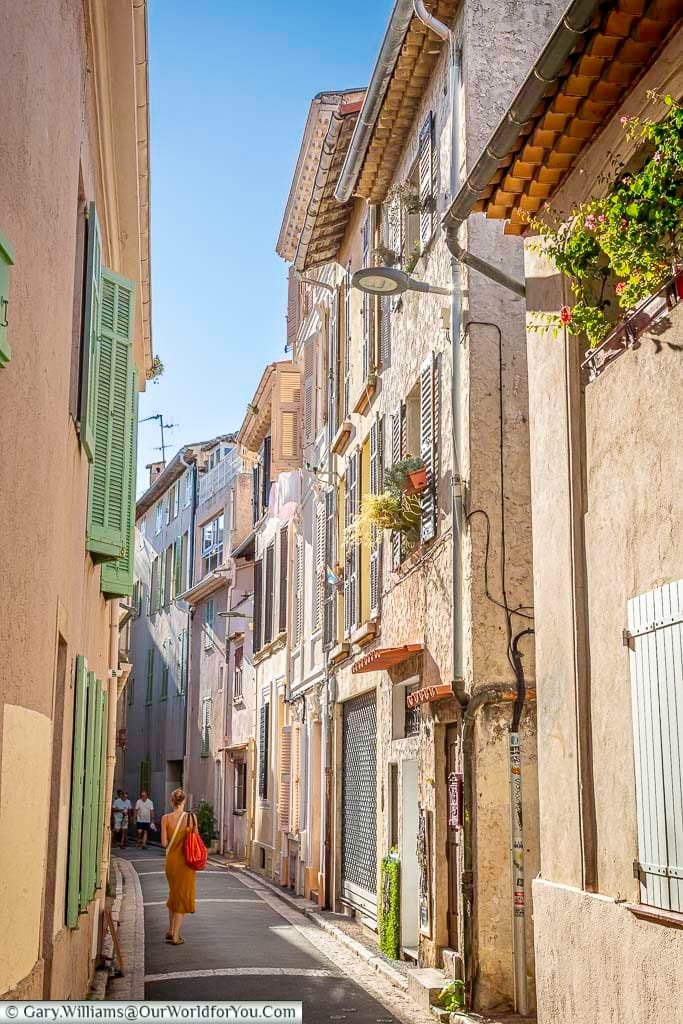
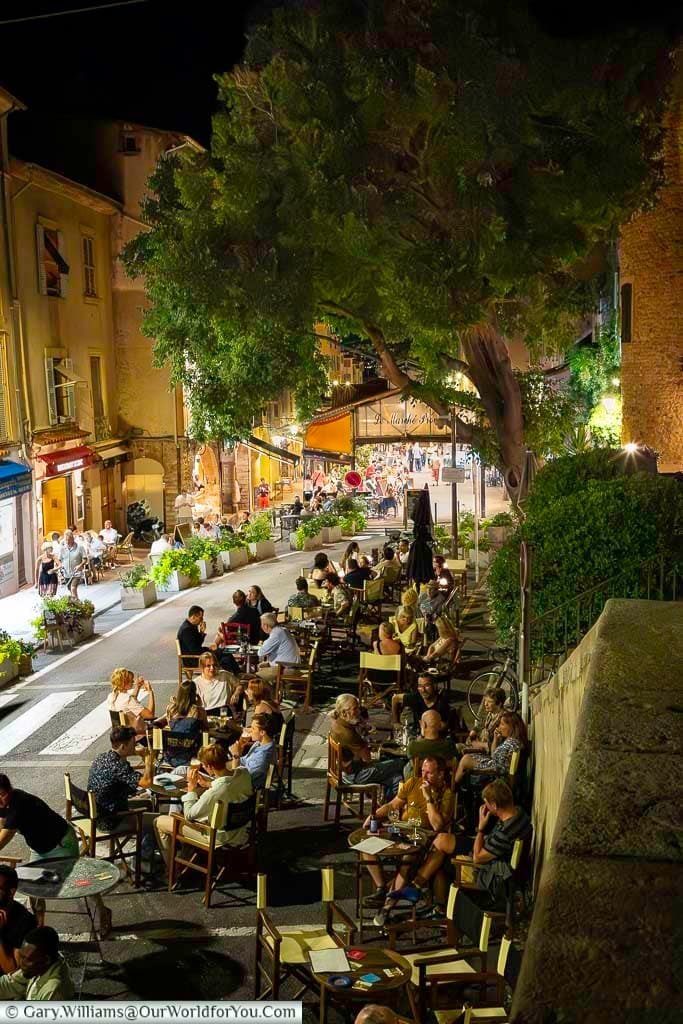
Crit'Air vignette required for driving in France
If you’re heading to France from the UK with your own vehicle, you’ll need a Crit’Air ‘clean air’ car sticker.
Just like our low-emission zones in the UK, France now legally requires the display of a Crit’Air vignette. The good news is, these stickers are readily available and affordable online through the official French government website.
The Crit’Air sticker lasts the lifetime of the vehicle, so it’s a one-off purchase. The RAC website offers an in-depth guide to everything you need to know and your requirements.
* This post may contain links to affiliated sites where we earn a small commission at no additional charge to you.


